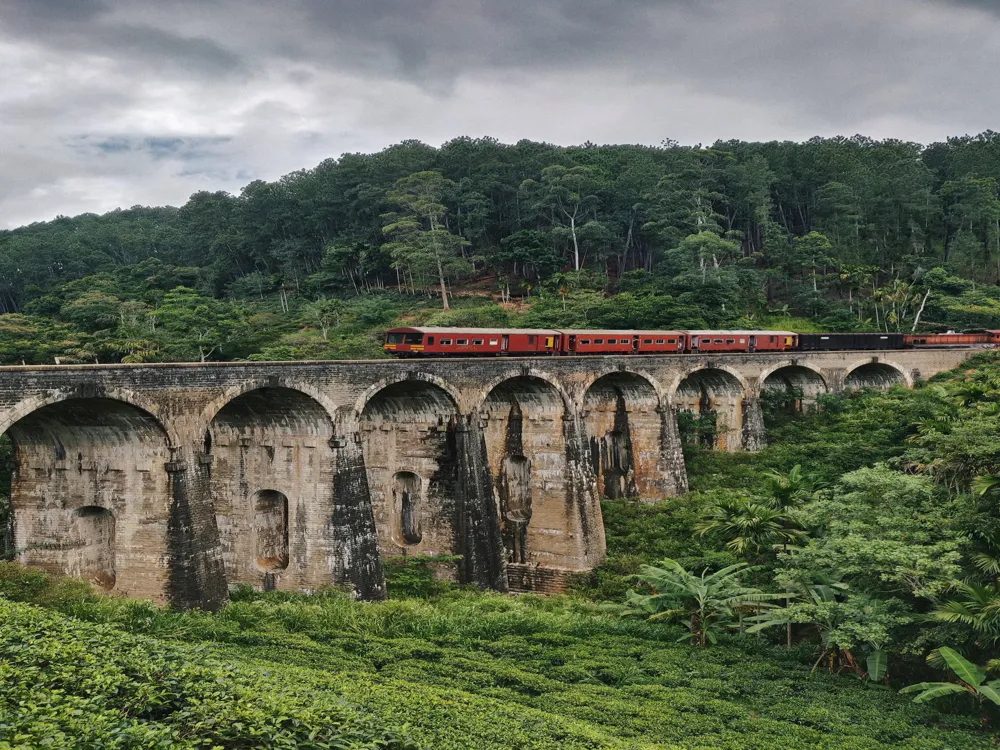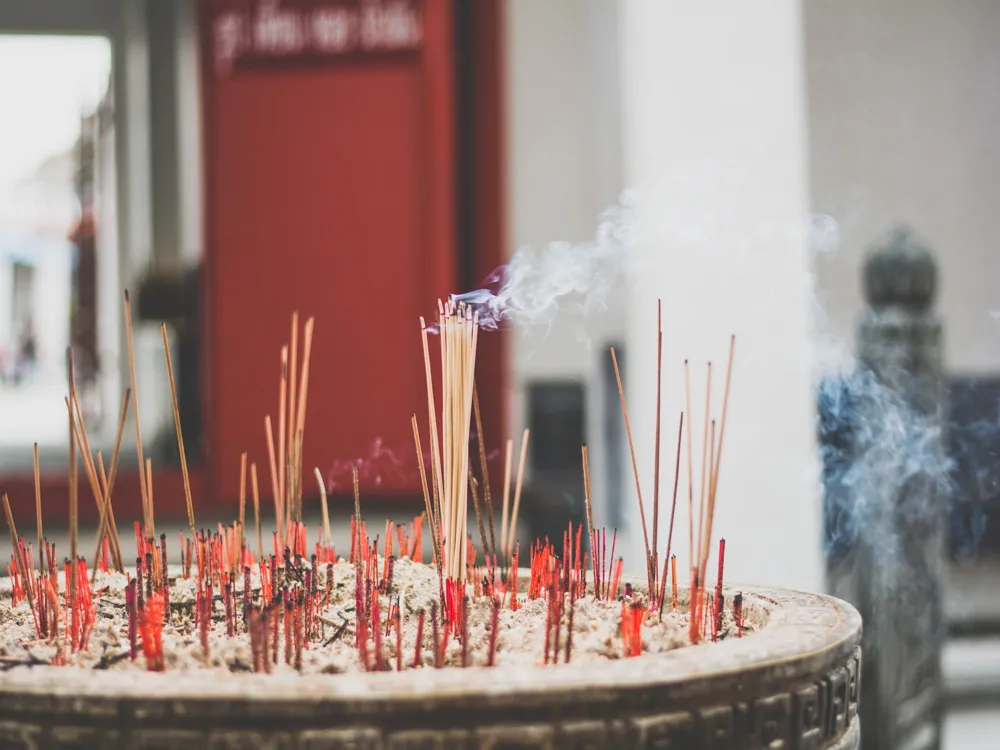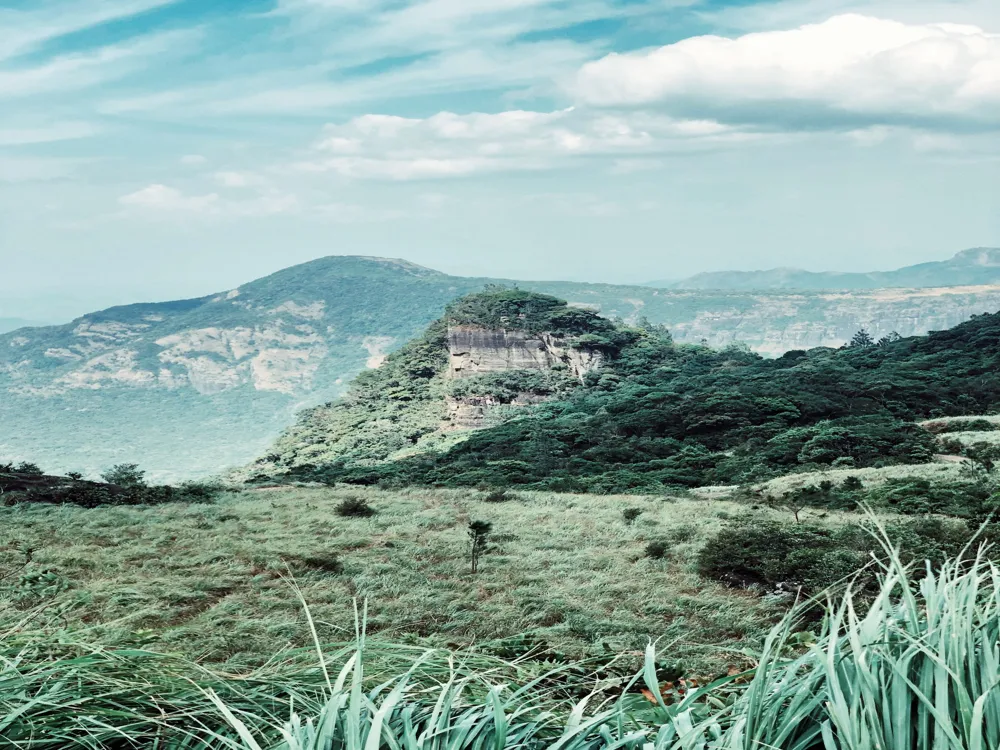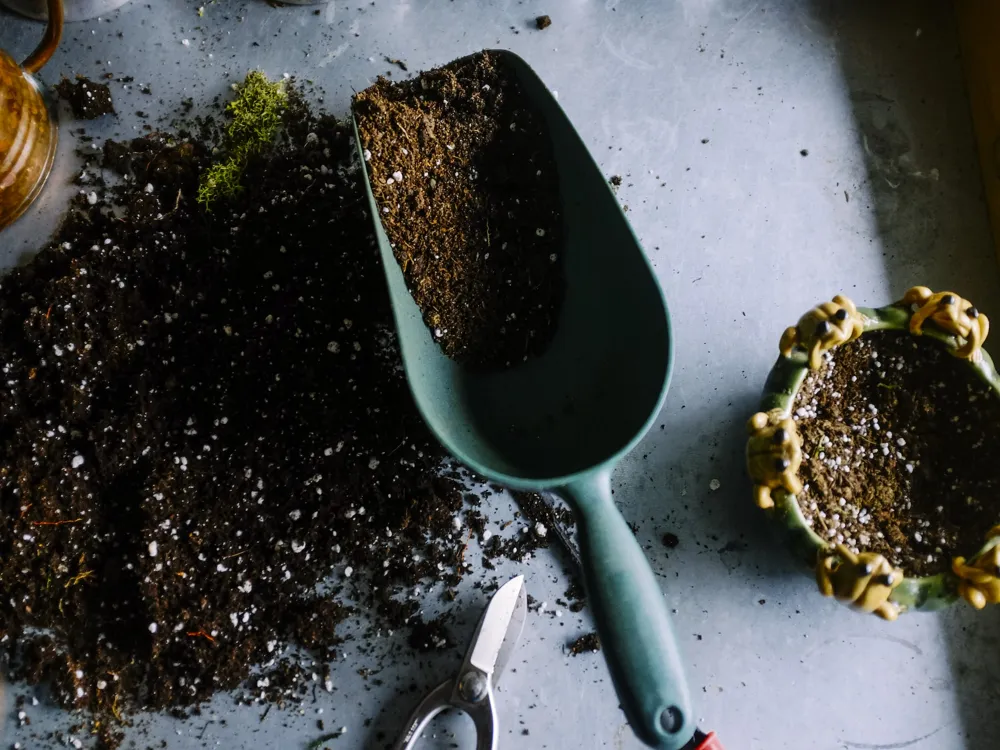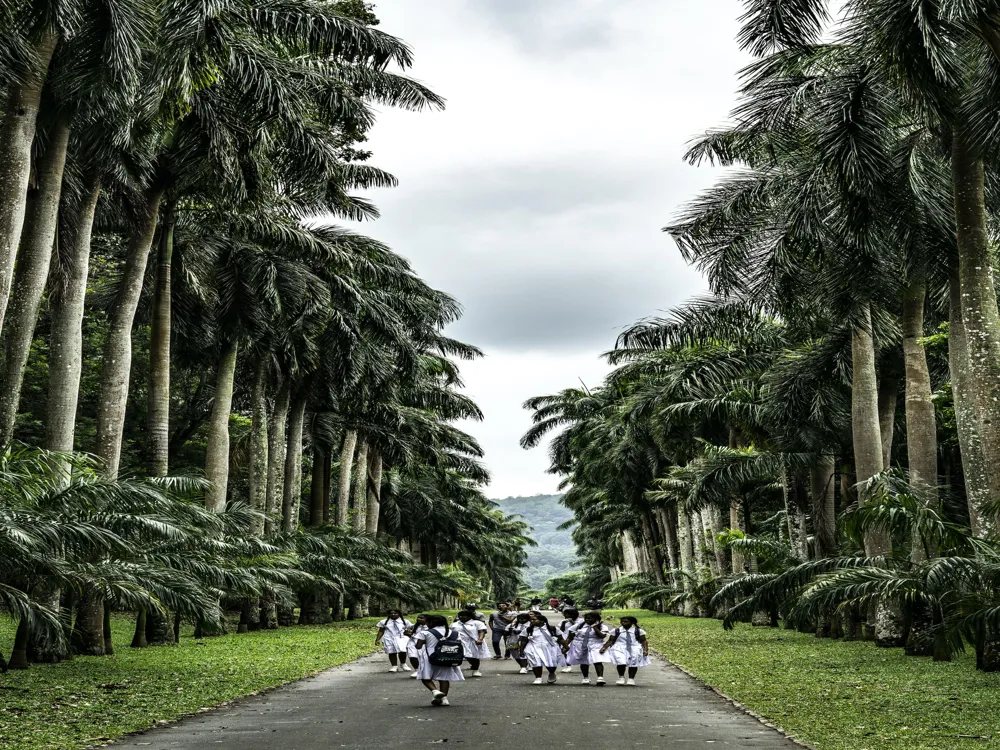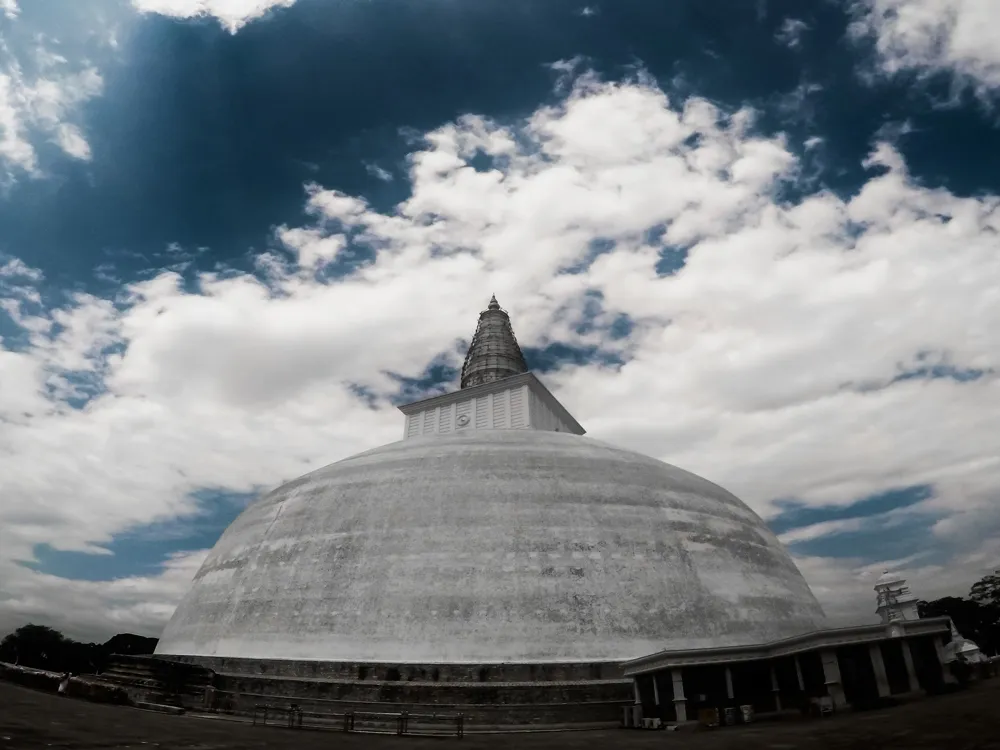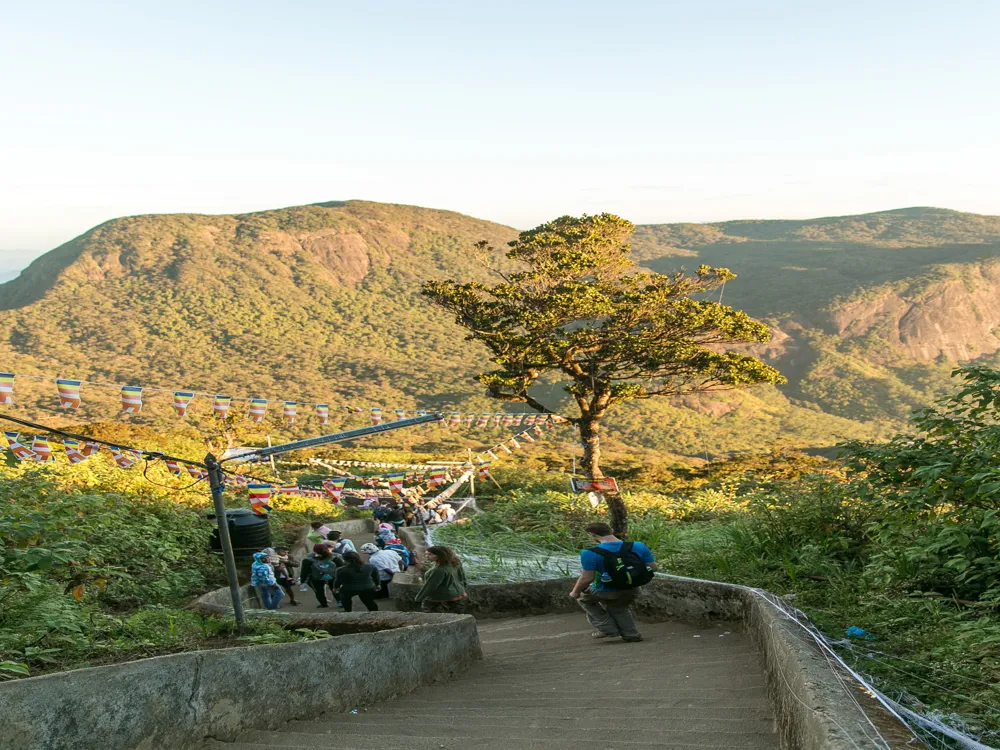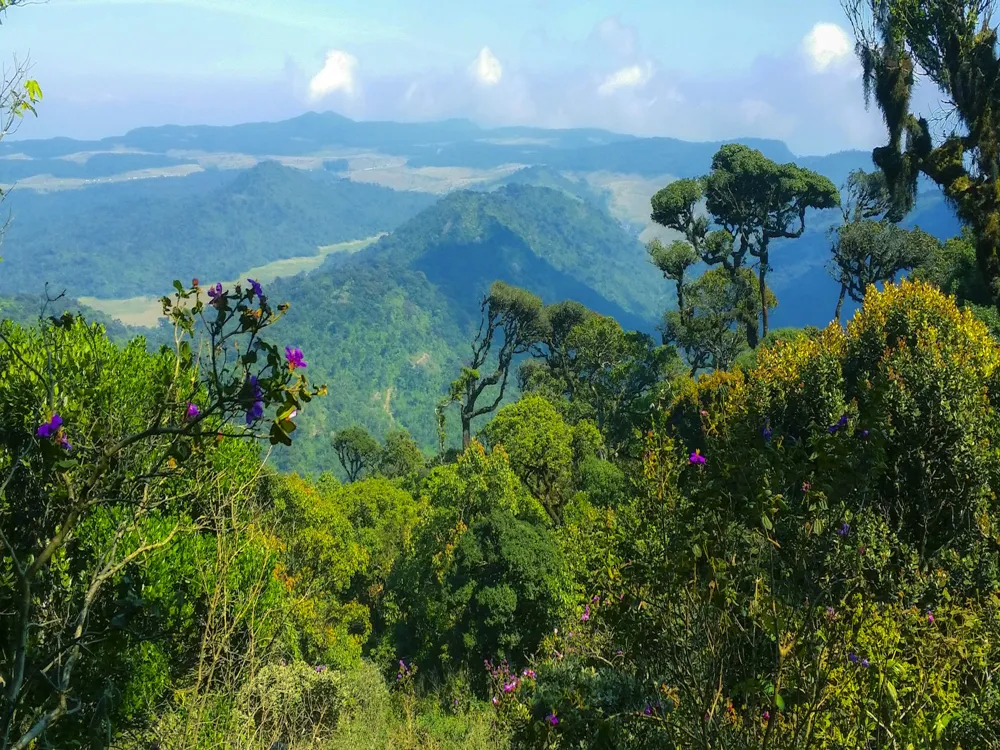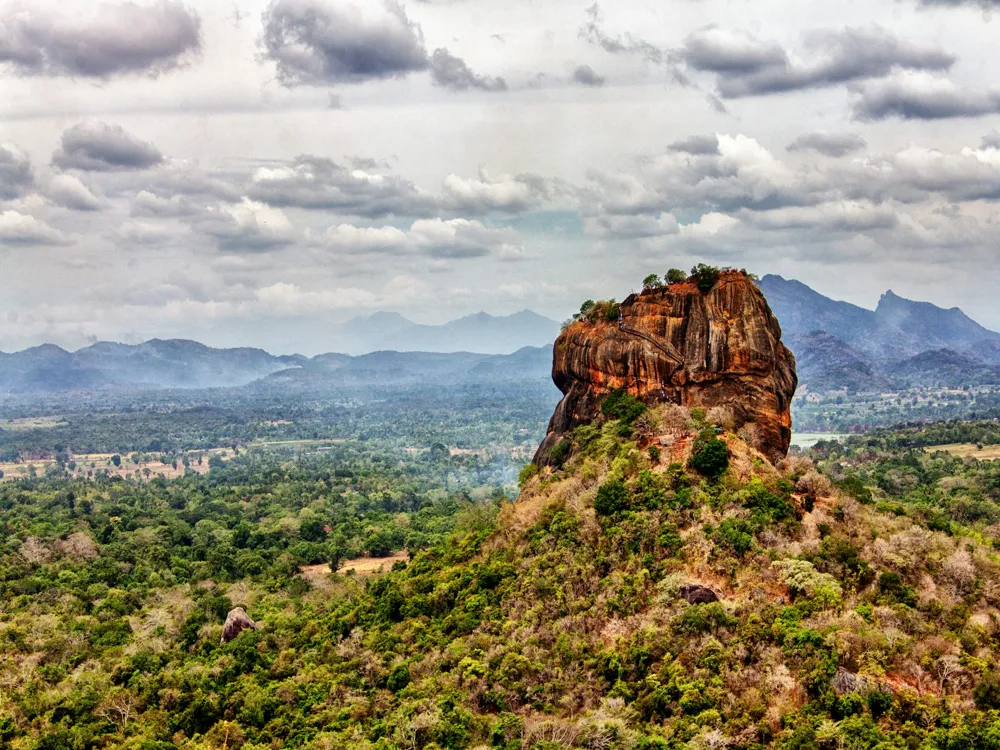The National Spice Garden of Matale is a remarkable site that stands as a testament to Sri Lanka's rich history and its status as the 'Spice Island.' Nestled in the lush greenery of Matale, this garden is not just a tourist attraction but a symbol of the country's deep-rooted connection with spices. The garden spans across a vast area, showcasing an extensive variety of spices that have been the cornerstone of Sri Lankan cuisine and trade for centuries. Historically, the island was a crucial stop on the ancient Silk Road, connecting the East and the West. This position allowed it to become a melting pot of cultures and cuisines, with spices playing a central role. The National Spice Garden serves as a living museum, offering visitors a glimpse into this rich history. It's not just a place to observe but to engage with; visitors can learn about the cultivation, uses, and history of each spice. Among the verdant paths of the garden, one can find a variety of spices like cinnamon, cardamom, nutmeg, and pepper, which have been the island's prized exports. Each spice has its own story, its own path through history, shaping both the island's destiny and that of the world. The garden's layout and the way spices are presented reflect a deep understanding of these plants, both as botanical entities and as cultural artifacts. Moreover, the National Spice Garden is not just about the past. It's a forward-looking institution that engages in research and development of sustainable and organic farming practices. This emphasis on sustainability is crucial in a world grappling with climate change and environmental degradation. The garden stands as a beacon of hope, showing how agriculture and tourism can coexist with nature harmoniously. The architecture of the National Spice Garden of Matale is a splendid fusion of natural beauty and man-made structures, designed to complement and enhance the experience of visiting this unique place. The garden's layout is thoughtfully planned to showcase the diversity of spices while providing an immersive experience that connects visitors with nature and history. At the heart of the garden's design is the concept of harmony with nature. The pathways meander through the garden, following the natural contours of the landscape. This design choice not only minimizes the impact on the environment but also creates a more engaging and intimate experience for visitors. The paths lead to various sections of the garden, each dedicated to different spices, allowing visitors to explore at their own pace. Traditional Sri Lankan architecture influences can be seen in the structures within the garden. The use of local materials like wood and stone in construction blends the buildings seamlessly into the surroundings. The pavilions and information centers are designed with open spaces, large windows, and high ceilings, ensuring natural ventilation and lighting, reducing the need for artificial energy consumption. The garden also features interactive exhibits, where visitors can touch, smell, and even taste different spices. These exhibits are designed to be both informative and engaging, making the learning experience fun and memorable. The architecture facilitates this interaction, with spaces that are accessible and inviting. Furthermore, the garden's design reflects a deep respect for the local culture and heritage. The motifs and designs used in the buildings are inspired by traditional Sri Lankan art and architecture, creating a sense of continuity with the past. This attention to cultural detail adds another layer to the visitor experience, making it not just a tour of a spice garden but a journey through Sri Lanka's cultural landscape. The ideal time to visit the National Spice Garden is during the cooler months from December to April. This period offers pleasant weather, making your walk through the garden more enjoyable. Opt for a guided tour to gain in-depth knowledge about the different spices and their significance in Sri Lankan culture and cuisine. Comfortable walking shoes are a must as you will be exploring on foot. Light, breathable clothing is recommended due to the tropical climate. Don't forget your camera! The garden offers numerous picturesque spots perfect for photography enthusiasts. Try the local cuisine offered within or near the garden. It's a great way to experience the spices in traditional dishes. The garden has a shop where you can buy authentic Sri Lankan spices. These make for great souvenirs or gifts. Reaching the National Spice Garden of Matale is convenient and can be part of the broader experience of exploring Sri Lanka. The garden is located approximately 25 kilometers north of Kandy, one of the major cities in Sri Lanka. Visitors can opt for various modes of transportation, including bus, train, or private vehicle. The journey itself is scenic, with views of lush countryside and rolling hills, making the trip to the garden as enjoyable as the visit itself. For those preferring public transport, buses and trains are available from Kandy. The train journey offers a picturesque route, while buses provide a more direct and frequent service. If you choose to drive, the roads are well-signposted, making the garden easy to locate. Renting a car or hiring a taxi are also viable options, offering flexibility and convenience for visitors. Regardless of the mode of transportation, the journey to the National Spice Garden is an opportunity to witness the beauty of Sri Lanka's landscapes and get a glimpse of rural life in the country. It adds an extra dimension to the experience, making the visit to the garden not just a destination but a journey of discovery.Overview of the National Spice Garden of Matale
Architecture of National Spice Garden
Tips When Visiting National Spice Garden
Best Time to Visit
Guided Tours
What to Wear
Photography
Local Cuisine
Spice Purchases
How To Reach National Spice Garden
National Spice Garden
Matale
NaN onwards
View matale Packages
Weather :
Tags : Farms & Plantations
Timings- : 8:30 AM – 4 PM
Planning a Trip? Ask Your Question
Matale Travel Packages
View All Packages For Matale
Top Hotel Collections for Matale

Private Pool

Luxury Hotels

5-Star Hotels

Pet Friendly
Top Hotels Near Matale
Other Top Ranking Places In Matale
View All Places To Visit In matale
View matale Packages
Weather :
Tags : Farms & Plantations
Timings- : 8:30 AM – 4 PM
Planning a Trip? Ask Your Question
Matale Travel Packages
View All Packages For Matale
Top Hotel Collections for Matale

Private Pool

Luxury Hotels

5-Star Hotels

Pet Friendly







